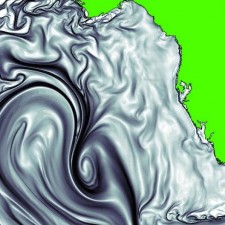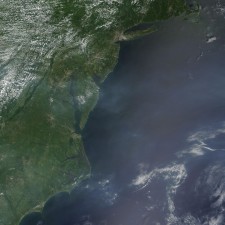Hazards and Disasters
The Danger Zone
Highly populated coastal areas face a unique set of dangers. Tsunamis, hurricanes, coastal flooding, and red tides (harmful algal blooms) can result in massive costs to human health and to the livelihoods of coastal dwellers. Trillions of dollars are invested in coastal housing, business, and infrastructure on the East Coast of the United States alone.
Infrastructure disasters in coastal regions, such as the meltdown of the Fukushima nuclear plant or the Deepwater Horizon oil spill, may have long- and short-term consequences for the people and ecosystems that occupy the coast. How do coastal seas process oil or nuclear fallout? What is the long-term fate of debris from coastal disasters such as the Tohoku Tsunami and the Fukushima radioactive release?
Our researchers and engineers are working across disciplines to gather data, develop models, and devise technology to enable us to better predict and respond to disasters when they inevitably occur.
Key Questions We’re Exploring
- How can we forecast likely hazards and disasters with appropriate uncertainty and scenario characterization?
- How can we design optimal coastal structures that are resilient to extreme events and disasters?
- What are the engineering techniques, materials, and energy sources that are best suited to our rapidly changing coastal zones?
- How can we improve understanding and methods that underlie decision-making for disaster response strategies?










